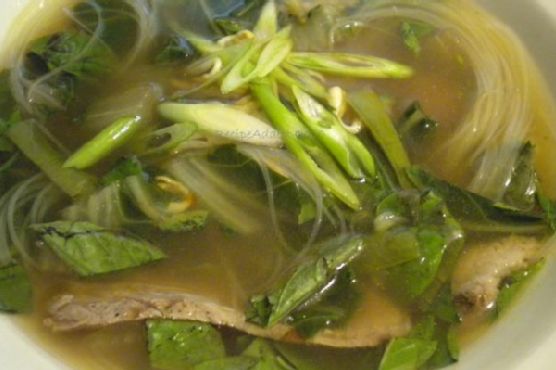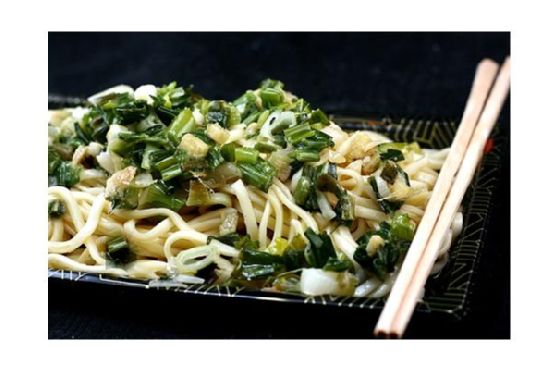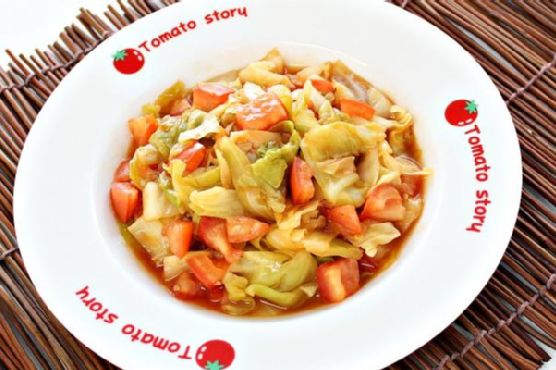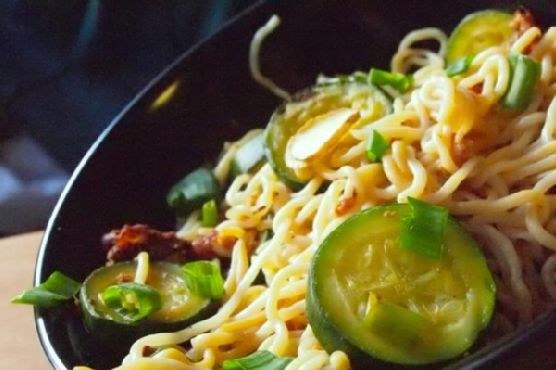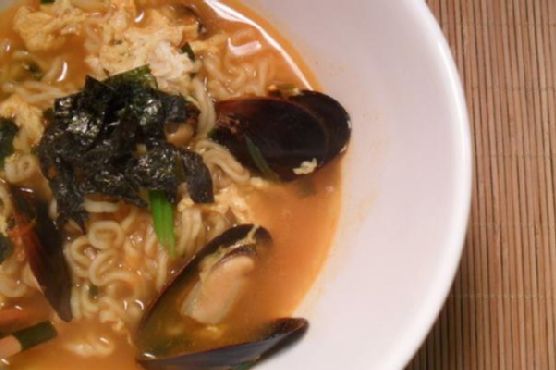Vietnamese Beef-Noodle Soup With Asian Greens, Okay Vietnamese/japanese | Made by Meaghan Moineau
**Title: Savory Whispers of Home: Vietnamese Beef-Noodle Soup with Asian Greens**
**Description:** Dive into the aromatic embrace of Vietnamese Beef-Noodle Soup with Asian Greens, a dish that marries the rich flavors of Vietnam and Japan. This culinary journey not only tantalizes the taste buds but also weaves a tapestry of familial memories, evoking the warmth and love of home. Perfect as a hearty main dish, this recipe is rated 6 out of 10 on the difficulty scale, making it an accessible yet satisfying challenge for any home cook.
---
### A Taste of Tradition: Vietnamese Beef-Noodle Soup with Asian Greens
The gentle simmering of spices, the vibrant green of baby bok choy, and the fragrant dance of fresh herbs—these are not just ingredients to a dish but the whispers of a memory, a nostalgic journey back to my grandmother’s kitchen. Vietnamese Beef-Noodle Soup with Asian Greens, a recipe that seamlessly combines Vietnamese and Japanese culinary traditions, is more than just a meal; it’s a cherished family heirloom.
#### Ingredients
- 2 baby bok choy leaves
- 1 tablespoon brown sugar
- 3 cardamom pods
- 2 tablespoons fish sauce
- 1/4 cup fresh basil leaves
- 1/4 cup fresh bean sprouts
- 1 tablespoon grated fresh ginger
- 1/4 cup fresh mint leaves
- 3 garlic cloves, minced
- 6 cups fat-free less-sodium beef broth
- Lime wedges for serving
- 2 tablespoons less-sodium soy sauce
- 2 tablespoons light miso
- 8 oz wide rice stick noodles
- 1 teaspoon sesame oil
- 1 pound sirloin steak, partially frozen, sliced thin
- 1 cup trimmed snow peas
- 2 star anise pods
- 1 fresh Thai chile, thinly sliced
- 2 cups water
- 1 yellow onion, thinly sliced
#### Instructions
1. **Prepare the Beef and Noodles:**
- Freeze the beef for 10 minutes to make slicing easier. Cut across the grain into 1/8-inch-thick slices.
- Cook noodles according to package directions. Drain, rinse with cold water, and set aside.
2. **Create the Broth:**
- In a large saucepan, combine onion, ginger, garlic, cardamom, and star anise. Cook over medium-high heat for 5 minutes, stirring frequently to release the aromas.
- Add beef broth and 2 cups water (or dashi) to the saucepan. Bring it to a boil, then strain the mixture through a fine sieve into a bowl, discarding the solids.
3. **Flavor the Broth:**
- Return the strained broth to the pan. Stir in soy sauce, sugar, fish sauce, and sesame oil. Bring it to a boil once more.
- Add bok choy and snow peas, simmering for 4 minutes until the peas are crisp-tender and the bok choy is wilted. Stir in the miso at the last minute for a touch of umami.
4. **Assemble the Bowls:**
- Arrange 1/2 cup of noodles into each of 4 large bowls.
- Evenly divide the raw beef and chile slices among the bowls.
5. **Serve:**
- Ladle about 1 2/3 cups of hot soup over each serving. The broth will gently cook the beef to perfection.
- Top each bowl with 1/4 cup of bean sprouts, 1 tablespoon of basil, and 1 tablespoon of mint.
- Serve with lime wedges for a zesty finish.
#### A Family Memory
I remember the first time I watched my grandmother prepare this dish. It was a rainy afternoon, the kind that invites you to gather around a warm hearth. The kitchen was alive with the sound of sizzling and the aromatic symphony of spices. As a child, I was fascinated by the meticulous way she sliced the beef, her hands steady and sure, her eyes twinkling with a blend of concentration and joy. The final touch was always the fresh herbs, a nod to our Vietnamese roots, and the lime wedges, a hint of my grandfather’s Japanese influence.
Sharing this soup was more than sharing a meal; it was sharing our heritage, our stories, and our love. Every spoonful was a step back in time, a reminder of the simple yet profound comfort of family.
Whether you’re a seasoned cook or a culinary novice, this Vietnamese Beef-Noodle Soup with Asian Greens offers a deliciously fulfilling challenge. Rated 6 out of 10 in difficulty, it’s the perfect main dish to bring warmth to your table and a slice of nostalgia to your heart.
